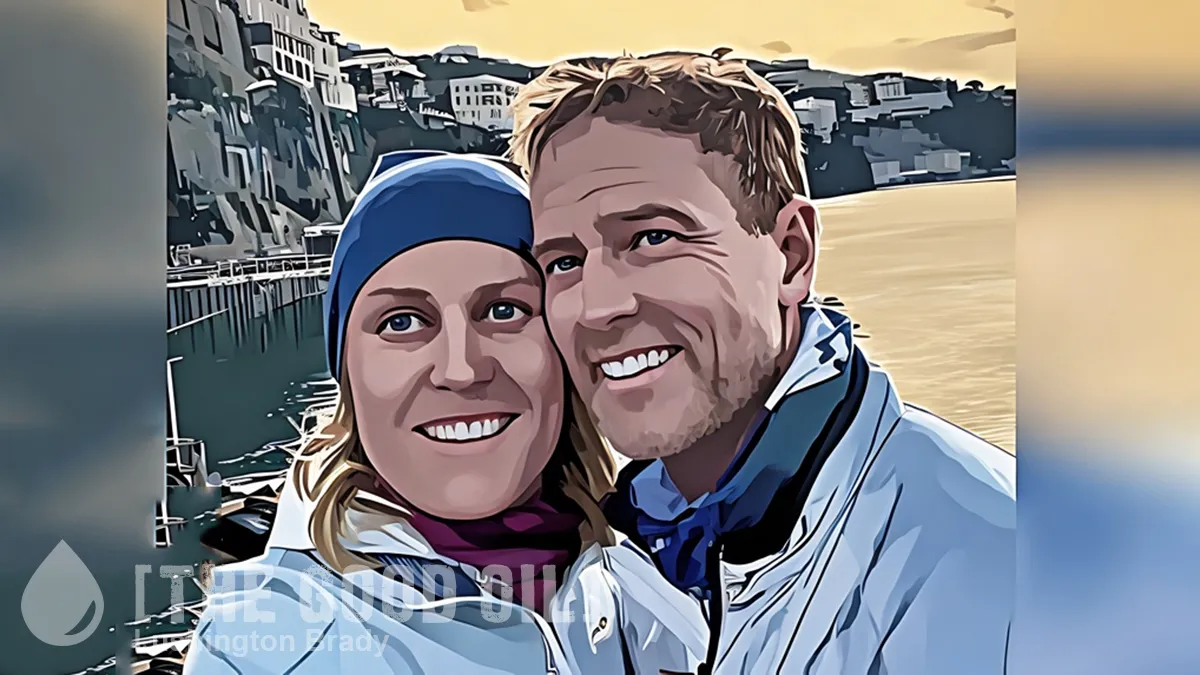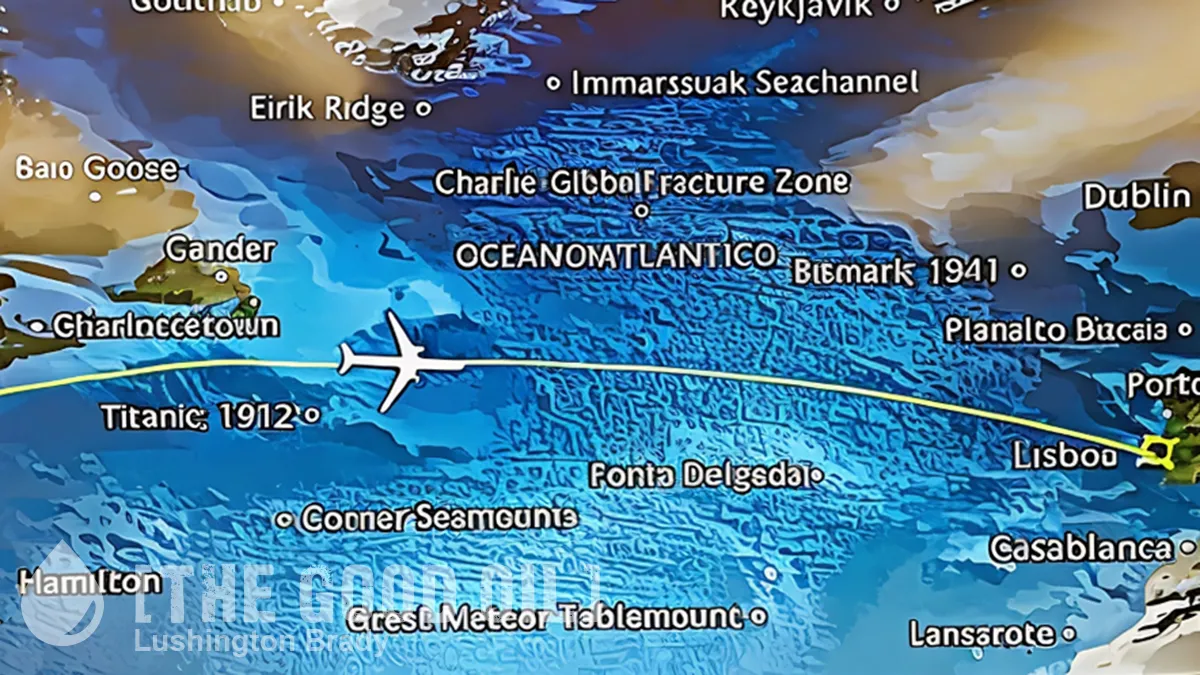David Jarratt
University of Central Lancashire
During the first UK lockdown I received an email from my son’s primary school with a list of webcams we might enjoy having a look at. We particularly enjoyed watching and identifying the animals at a particular African watering hole that we could watch, live, online.
I continued exploring this world of live-streamed place-based webcams, something I had previously overlooked. I was fascinated by those focusing on city centres, which revealed largely deserted urban landscapes. I left nature-cams and coastal webcams open on my PC monitor as welcome distractions as I worked from home. They offered me a portal to the outside world, when I, like so many others, was trapped inside.
I suspected I was not alone in my virtual travels. Indeed, the media soon described a massive upsurge in the usage of these webcams. Edinburgh Zoo saw its webcam views surge from about 100,000 to 5 million per month. As an expert in tourism, I wanted to explore this further. I set up a questionnaire and heard from 227 members of the public about their experiences travelling through webcams.
Some had used webcam-travel for years, as a way to connect to nature. One respondent described the appeal of his favourite webcam at an eagle’s nest:
I enjoy watching the eggs hatch and observing the eaglets mature over springtime, learning to fly, and leaving the next. I find it a nice antidote to the urban environment in which I live and work.
Respondents found webcam-travel relaxing, especially when the subject was nature and wildife – “It makes me feel calm and relaxed when I’m stressed or feeling anxious”. Coastal scenes were also very popular. One person told me:
I always found, in the time before the lockdown, looking at the sea to be relaxing. I really miss walking by the coast. Watching the waves helps me to feel more connected with the outside world and reminds of me what is waiting once it is safe to venture out once more.
One thing that these accounts revealed was the importance of the live and unfiltered nature of webcam-travel: “It helps to keep in touch with places and things I like. Also watching in real-time makes you feel almost as if [you are] there.” The live nature of the experience seemed to facilitate a sense of connection.
Virtual travel
The places which are visited virtually, through these predominantly static webcams, are varied, numerous and increasingly popular. Wildlife settings, coastal scenes, city centres, zoos, aquariums and countryside are all favourites.
This increase in popularity is unsurprising given the events of 2020. This year, our freedoms have been restricted in a way most people have never experienced. In this context, webcam-travel is a way to connect to nature and the outdoors.
Brockholes Nature Reserve, Lancashire, told me that they saw 850 views of their two nature-cams in February 2020 but two months later, in April, this number had increased to 13,917 – a rise of 1,537%. The company SkylineWebcams, meanwhile, have over 1,000 place-based webcams around the globe showing city centres, heritage sites and a variety of resorts. In May, they told me that they too had seen an enormous rise in popularity of their webcams, saying:
With the spread of COVID-19 our site has, in fact, witnessed an increase in numbers, rising from an average of 70 million monthly page views to 120 million in March. Webcams have definitely played an interesting role during lockdown, they have connected individuals to both distant countries and areas of their very own cities they would usually attend on a day-to-day basis.
My research supported these reports: I found that nearly a third of the respondents tried webcam-travel for the first time during lockdown, and 64% were viewing webcams for longer periods of time than normal. 69% said they were more likely to physically visit places they had viewed through webcams, when restrictions were lifted.
Webcam travel therefore provides a relatively affordable way for tourism organisations to connect with visitors as recovery looms. 90% of respondents felt a sense of connection to place or nature and 83% felt more positive after webcam travel.
Of the two-thirds who tended to view webcams of places that they already knew before lockdown, 83% said that this experience brought back happy memories. One wrote of his favourite webcam at Arnside: “A beautiful and unspoiled place in Cumbria – each time I look at it, it evokes very happy memories of lovely visits there.” Nostalgia can ward off negative feelings such as loneliness, boredom and stress. This offers refuge against the challenges, anxieties and frustrations associated with lockdown.
The subjects of many of the webcams are outdoor natural settings or wildlife related. Environmental psychology offers insights which help explain this appeal. It has been proven that exposure to natural environments offers wellness related benefits associated with positive feelings such as calm, refreshment and enjoyment. Even exposure to pictures of natural environments can be linked to mood restoration.
In 2020, webcam-travel offers a feeling of control over our movements, allowing us to exercise our freedom – at least virtually if not corporeally. Yet the experience is an uplifting one. It seems to be relaxing and improves mood at a time when there are widespread concerns regarding mental health, offering an unfiltered experience which supplements and supports connection to place and nature.
As our freedom of movement continues to be curtailed due to COVID-19, webcam travel seems set to continue. This may strike some as depressing, but webcam-travel is not just way to cope via escapism or nostalgia: it allows a connection to places we know or plan to explore sometime in 2021.
Such imaginative travel can allow us to catch a glimpse of a more positive future. It also offers an opportunity to the tourism sector to connect to its customers as it considers how to recover. And connecting with nature, albeit virtually, is no bad thing for us, the wildlife charities who share their nature-cams, or the planet.
David Jarratt, Senior Lecturer in Tourism Management, University of Central Lancashire
This article is republished from The Conversation under a Creative Commons license. Read the original article.
Please share this article so that others can discover The BFD.









